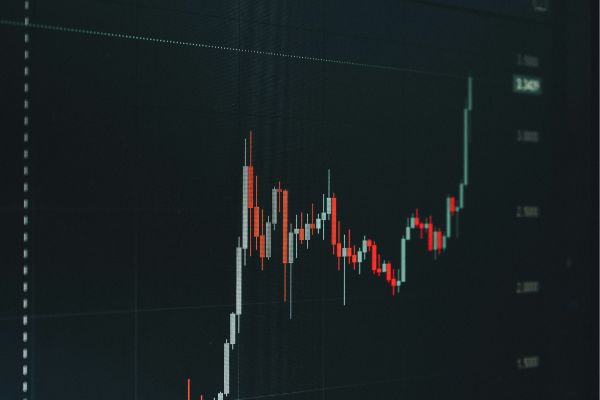The Autocall is the most ubiquitous product type and has achieved huge popularity across all structured products markets globally. There has always been innovation as the market tries to find new solutions for investors. Popular variations include different types of snowball and income products as well as various call schedules and levels. Most common are the level, step-down and defensive Autocalls.
Many different choices of underlying assets have also been seen, from mainstream indices, to high volatility or dividend yielding stocks, and decrement indices. Autocalls are not limited to single underlyings and “worst-of” constructions to achieve higher yield are very common. By taking two or more underlyings and forming a worst-of the risk increases but so do the terms on offer, and it is also possible to lower barriers to mitigate the risk somewhat. Sometimes the market offers pairings such as the S&P-500 and Russell 2000, or perhaps the S&P-500 and Eurostoxx-50. Both pairs include popular equity indices and these combinations give a yield pick-up compared to either index on its own whilst keeping familiar underlyings. Moving further along the risk spectrum a distributor could choose some higher volatility stocks of much lower correlations, particularly if they are in different sectors or markets. Doing this will generate much higher yield but introduce substantially more risk.
The main risk of a worst-of over a basket of the same underlying group is that one of the underlyings falls much more than the others. An index might show significantly larger falls than another or a stock might get in a distressed or near default situation.
Darwin InnovationHowever distributors try to strike a balance between yield and the risk of not calling or of losing capital at maturity. An alternative solution to try to reduce risk that has been seen in the market is the “Darwin” Autocall.
This product variation has most of the features of a regular Autocall with snowball or coupon payments, and an Auto-call schedule. Darwin Autocalls are always linked to more than one underlying and the difference is that the calculation that is made at each call date to determine whether an Auto-call event occurs varies along the product’s lifetime.
A number of these products have been seen on the SRP database in recent years in European markets, with over seventy instances according to www.structuredretailproducts.com.
The first example is a product from Leonteq (SRP id 48909134). It has a maturity of three years and is linked to Italian stocks Intesa San Paolo and Unicredit. It features quarterly Auto-call points at 100% of the starting level of each stock. The product pays fixed income until calling or the final maturity quarterly at a rate of 10% p.a..
For the first four of these Auto-calling is determined a worst-of, that is whether the lower of the two stocks is above 100%. For the next four call dates the basket average is compared to 100%, and for the final three dates only the higher stock needs to be above the Auto-call level. If the product runs until maturity the capital loss reverts to being determined by the worst-of.
If we compare this product to a more common worst-of, we see that the first four Auto-call points will have the same outcome but that the Darwin has better chance of calling from the fifth point onwards. This increases the chance of successful call with income and full capital paid, and therefore a lower chance of still being in force at maturity with a risk to capital loss.
Modelling InsightsAnalysing the product with market data and modelling calculations from FVC’s valuation service we estimate that the probability that the Darwin feature results in a better Auto-call outcome is around 3.3%. This may seem quite low but it should be remembered that the typical pattern for Auto-calls is that early call points account for much of the probability of successful calling and that the worst-of could also call later in the product life.
Conditional on the product not having been called at the first four opportunities the lower stock is likely to be significantly below the call level and because of the high correlation between the two stocks there is limited scope for either the basket (average) or the best of being above 100% and therefore the product calling. For the Darwin construction to add value it must be a scenario where the average or best stock is above 100% but that the worst-of stays below 100%. Both stocks have a high dividend yield, which reduces the forward as the product goes through its lifetime.
| Auto-call point | Probability of Darwin improving |
| 5 | 0.95% |
| 6 | 0.49% |
| 7 | 0.36% |
| 8 | 0.25% |
| 9 | 0.72% |
| 10 | 0.29% |
The largest contribution of probability of the Darwin product improving the outcome is at the fifth point which is the first time where the calculation switches to a basket. The second largest contribution is at the ninth point which is the first time the calculation switches to a “best of”.
For the case where the Darwin calls at the fifth call date but the worst-of does not call in 73% of those outcomes the worst-of fails to call at all. This is exactly what the Darwin is seeking to achieve.
Market AdoptionOther issuers that have brought out Darwin Auto-calls are BNP Paribas (one example is SRP id 52431806) and Societe Generale (SRP id 54356756). All the cases that we saw consisted of two stocks. While the Darwin variation could be extended to more underlyings this would have a more pronounced effect on pricing. Distributors tend to go for changes to the structure that do not drastically reduce the coupon because then the product will look uncompetitive compared to traditional variants.
The Darwin Autocall clearly has the scope to provide for successful calling resulting in better investor outcomes. It also has advantages for the issuer which can feed through to better pricing. One of these is the fact that correlation sensitivity is not as pronounced for the Darwin Autocall as the regular version. For pure worst-ofs a higher correlation will make the product more expensive, however when the product switches to a basket call test there is only minimal correlation risk and when it becomes a best-of the correlation risk actually changes direction. Overall this will lower correlation exposure which is a key concern for issuers for multi-asset products.
Tweaks in product structure can provide an interesting twist on more common variations and the Darwin Autocall is one such example to provide extra choice for investors.
Tags: Stress testingImage courtesy of: Logan Gutierrez / unsplash.com









